Nohutlu pilav, a classic Turkish rice dish made with chickpeas, is beloved for its simplicity and comforting flavor. This dish is served everywhere—from Turkish street corners to home kitchens—often paired with ayran, kebabs, or simply enjoyed on its own. It’s easy to make, rich in nutrients, and surprisingly filling.
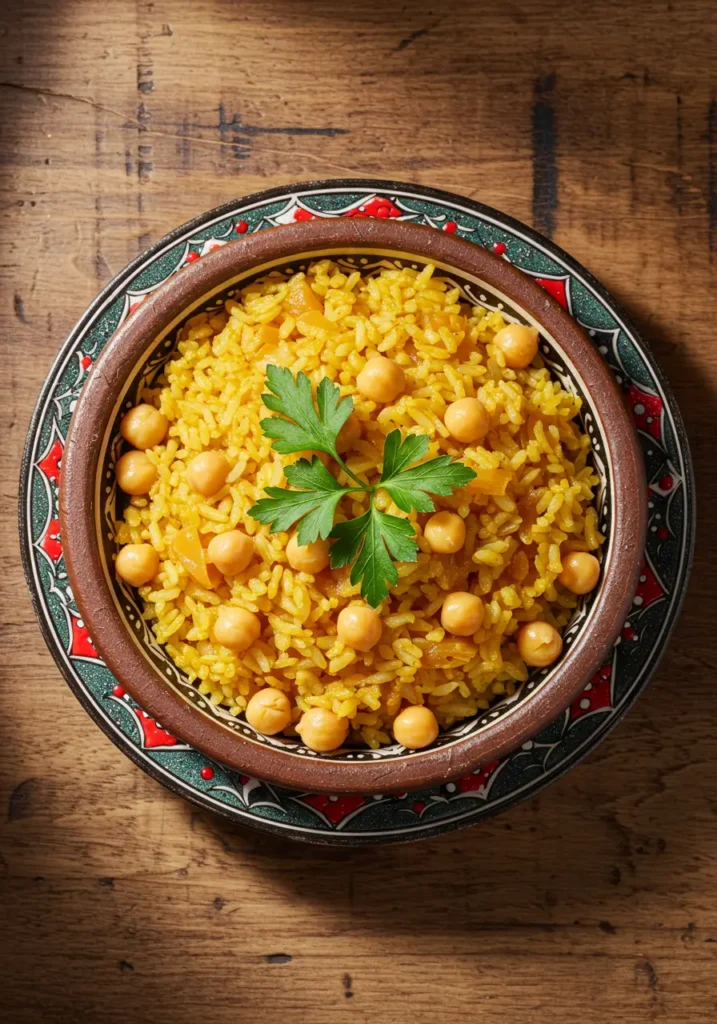
Nohutlu Pilav
Beyond its taste, chickpeas offer a wealth of nutritional benefits. As noted in this Medical News Today article, they’re packed with plant-based protein, fiber, and minerals, making this dish not just satisfying but genuinely good for your health.
One defining feature of Nohutlu pilav is its cooking technique. As described in this redwoodkitchen guide to Turkish rice, toasting the rice in butter before simmering enhances flavor and texture. This method is the secret to that fluffy, non-sticky finish that Turkish pilafs are known for.
Why This Nohutlu Pilav Recipe Works
- Uses pantry-friendly ingredients
- Foolproof cooking method
- Naturally vegetarian (and easily vegan)
- Perfect for meal prep
- Kid-friendly and crowd-pleasing
If you’re serving this as a full meal, consider pairing it with something fresh and bold like our Turkish eggplant dip or a protein-rich side like vegetarian çiğ köfte.
Ingredients for Nohutlu Pilav
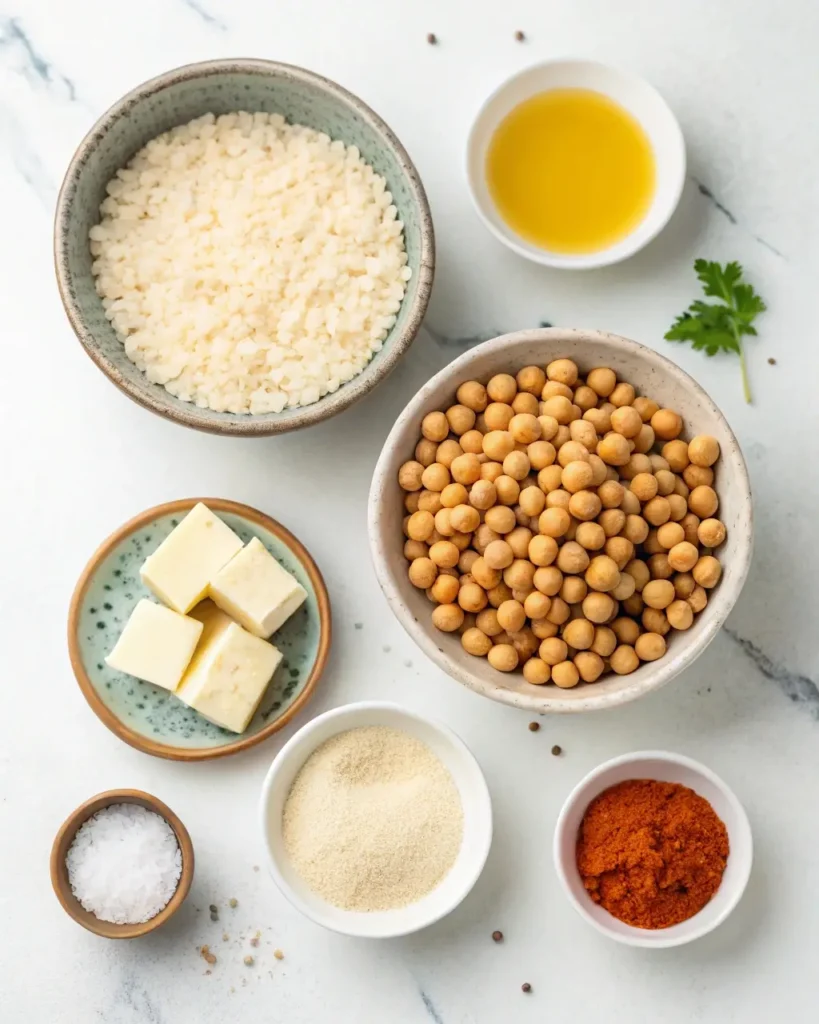
- 1 cup long-grain rice (baldo or jasmine recommended)
- 1 cup cooked chickpeas (canned or dried & boiled)
- 2 tablespoons butter or olive oil
- 2 cups chicken or vegetable broth
- Salt to taste
- Optional: ½ onion finely chopped, black pepper, 1 bay leaf
Tools You’ll Need
- Medium saucepan with lid
- Wooden spoon
- Fine mesh strainer
How to Make Nohutlu Pilav
Step 1: Prepare the Rice
- Rinse the rice in cold water until it runs clear.
- Soak in warm salted water for 15–20 minutes.
- Drain well before cooking.
Step 2: Prep the Chickpeas
- If using canned chickpeas, drain and rinse.
- If using dried chickpeas, soak overnight and boil until soft.
Step 3: Toast the Rice
- Melt the butter or heat oil in a saucepan.
- Add finely chopped onion (if using) and sauté for 2–3 minutes.
- Stir in the rice and toast gently for 2–3 minutes until lightly translucent.
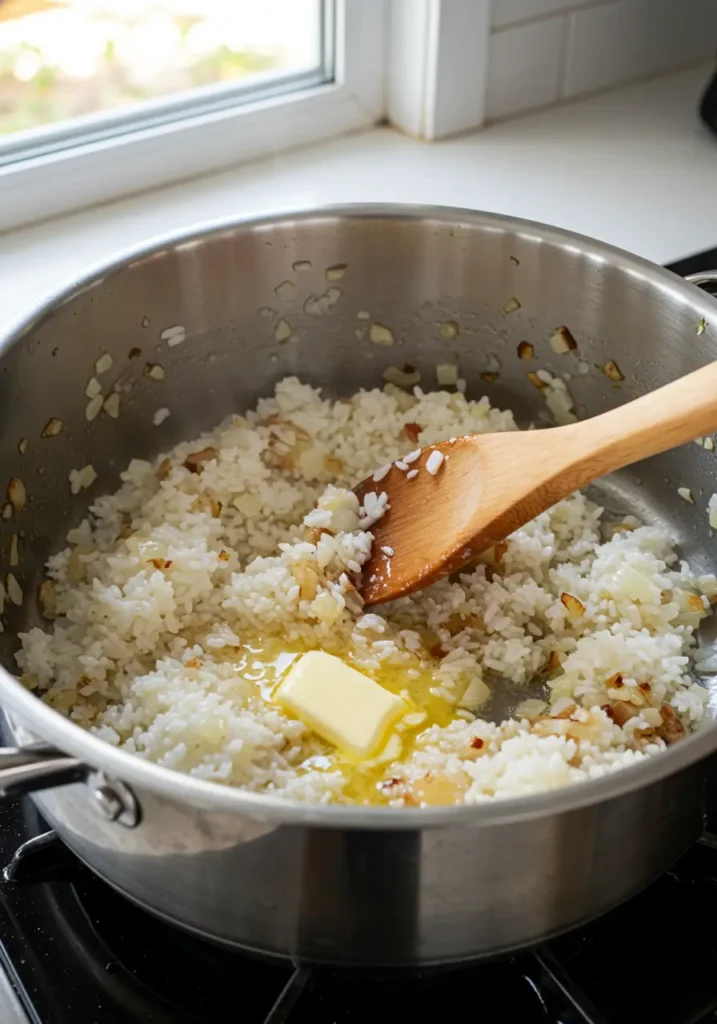
Step 4: Add Chickpeas and Broth
- Pour in the chickpeas and hot broth.
- Add salt and optional seasonings like black pepper or bay leaf.
- Stir once, bring to a boil.
Step 5: Simmer and Steam
- Once boiling, reduce heat to low and cover with a tight-fitting lid.
- Simmer for 12–15 minutes, then remove from heat.
- Let the rice sit, covered, for 10 minutes before fluffing with a fork.
Tips for Fluffy, Flavorful Pilav
- Rinse and soak the rice—this removes surface starch and helps prevent stickiness.
- Don’t lift the lid during cooking.
- Let it rest after cooking to let the steam finish the job.
- Use butter and rich broth for deeper flavor.
For another light and hearty Turkish grain dish, you might enjoy our bulgur wheat pilaf.
Tasty Variations to Try
- Add shredded cooked chicken for a protein-packed version
- Use vegetable broth for a vegan-friendly twist
- Stir in spices like cumin or paprika for warmth
- Top with caramelized onions for extra sweetness
Nohutlu Pilav Serving Suggestions
- Serve hot as a main dish or as a side
- Pair with Turkish salads like çoban salatası
- Add yogurt or cacık on the side
- Great with grilled meats or roasted vegetables
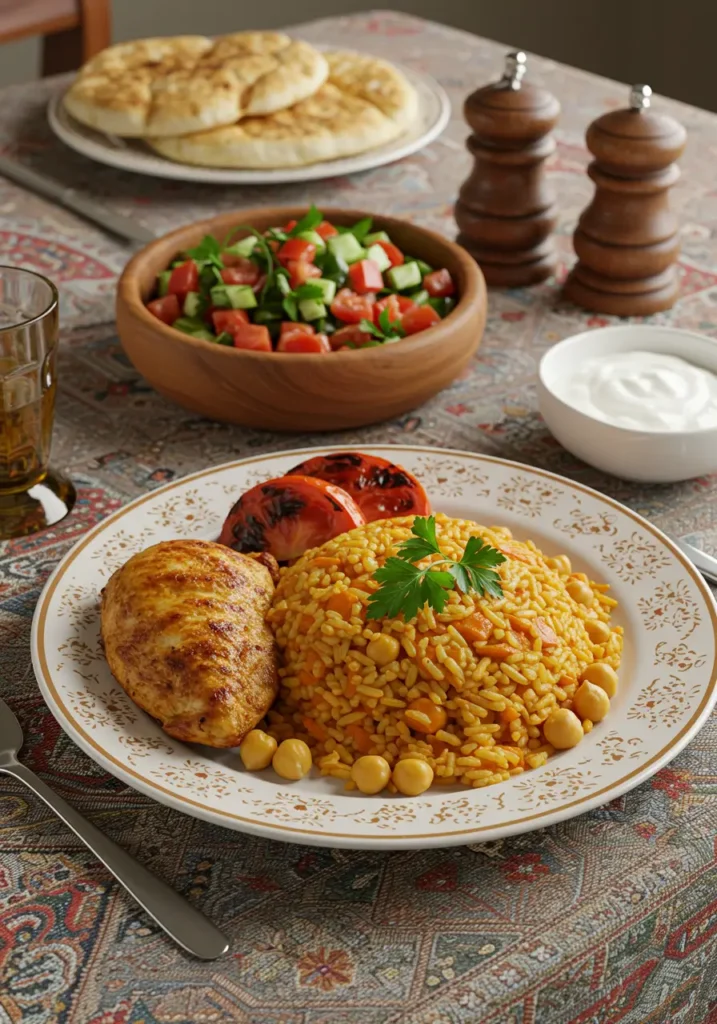
Nohutlu Pilav Storage and Reheating
- Store in the fridge for up to 4 days
- Freeze in airtight containers for up to 2 months
- Reheat with a splash of water in a covered pan or microwave
Nohutlu Pilav Nutritional Overview
| Nutrient | Approximate |
|---|---|
| Calories | ~320 |
| Protein | 9–11g |
| Fiber | 6g |
| Fat | 9g (if using olive oil) |
Nohutlu Pilav Recipe Frequently Asked Questions (FAQs)
What is Nohutlu Pilav?
It’s a classic Turkish rice pilaf made with chickpeas. Simple, nutritious, and deeply comforting.
Can I use canned chickpeas?
Yes, canned chickpeas are perfectly fine. Just rinse them well to remove excess salt.
Why is my rice sticky?
Overcooking or not rinsing your rice enough are the usual culprits. Always rinse well and use the right rice-to-liquid ratio.
What kind of rice should I use?
Baldo, jasmine, or long-grain rice works best for fluffy Nohutlu pilav.
Is Nohutlu Pilav healthy?
Absolutely! It’s a source of complex carbs, plant protein, and fiber. Learn more in this detailed guide to chickpea nutrition.
Nohutlu Pilav Recipe Final Thoughts
Nohutlu pilav is one of those timeless dishes that always delivers comfort. Whether you’re new to Turkish cuisine or looking to revisit a childhood favorite, this recipe is a foolproof way to enjoy flavorful, healthy home cooking.
If you loved this recipe, don’t forget to explore more Turkish staples on our blog—like smoky flat short ribs or our tangy eggplant dip that pairs beautifully with this pilaf.
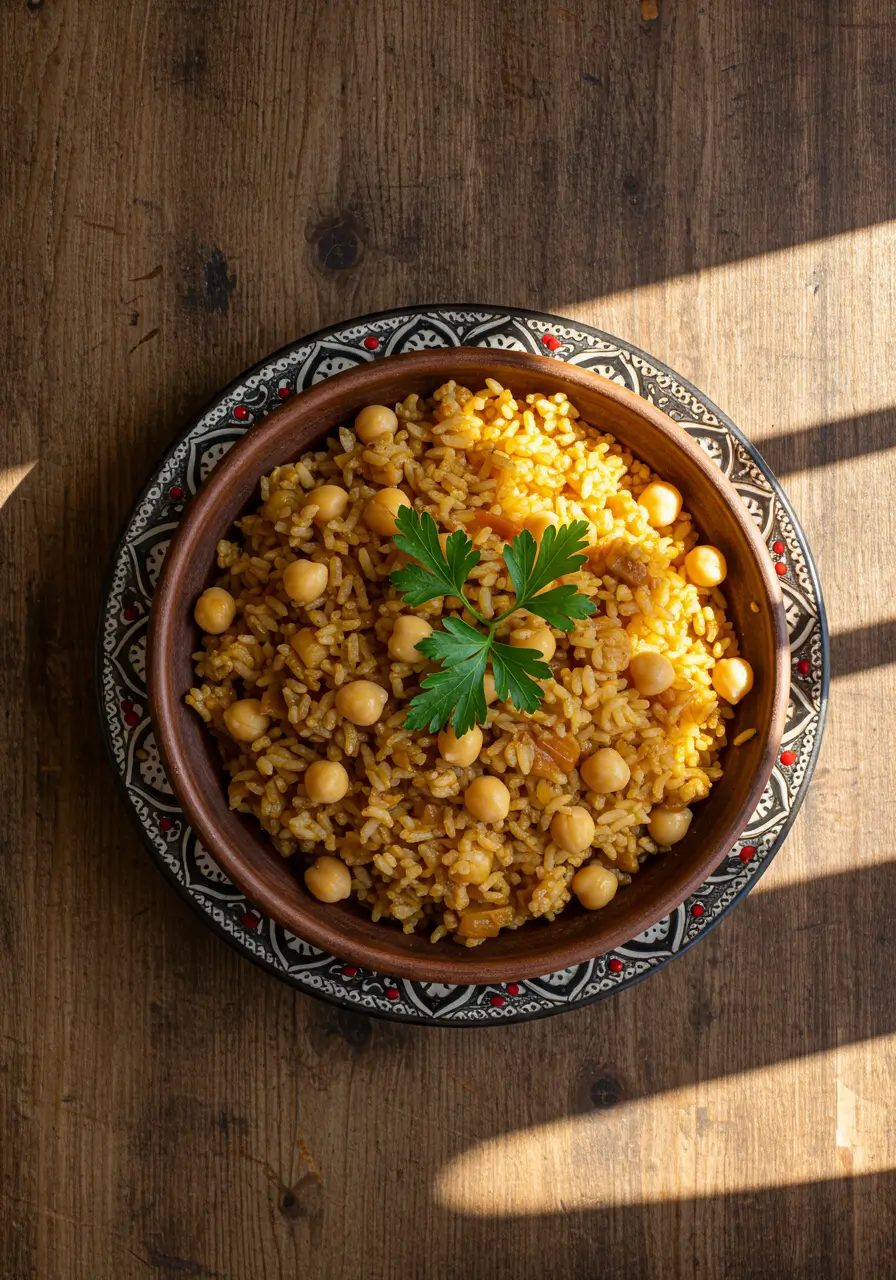
Nohutlu Pilav
Ingredients
Method
- Rinse rice under cold water until the water runs clear and soak for 15–20 minutesDrain the rice and set it aside
- In a medium saucepan, melt butter or heat olive oil and sauté chopped onions until translucent
- Add the drained rice and toast it for 2–3 minutes, stirring continuously until slightly translucent
- Add cooked chickpeas and pour in the broth, then season with salt and black pepper
- Add bay leaf if using, stir once, and bring to a gentle boil
- Lower the heat, cover tightly, and simmer for 12–15 minutes without opening the lid
- Remove from heat and let the nohutlu pilav rest covered for 10 minutes
- Fluff the rice with a fork and garnish with chopped parsley before serving
- Serve hot with salad or grilled meat
Notes
- You can use vegetable broth and olive oil for a vegan version of nohutlu pilav
- Baldo or jasmine rice gives the best fluffy texture for Turkish rice recipes
- Adding a bay leaf or cumin boosts aroma without overpowering the dish
- Leftovers store well and taste even better the next day
- Pair this nohutlu pilav with grilled chicken or Turkish salad for a complete meal
- Rinse canned chickpeas thoroughly to reduce sodium and improve texture

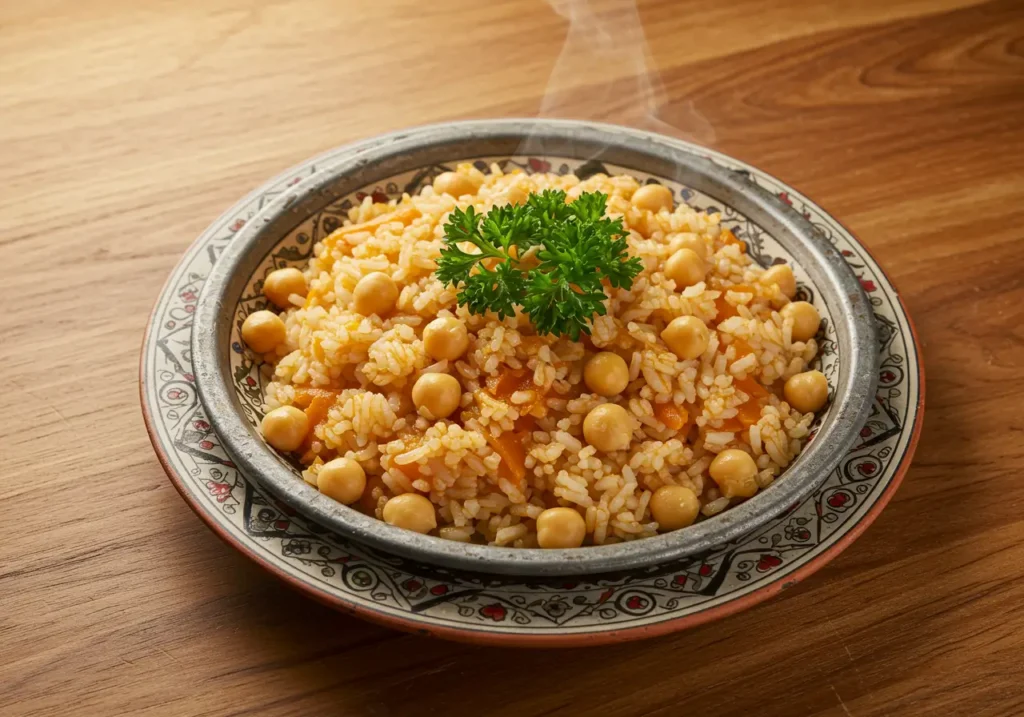

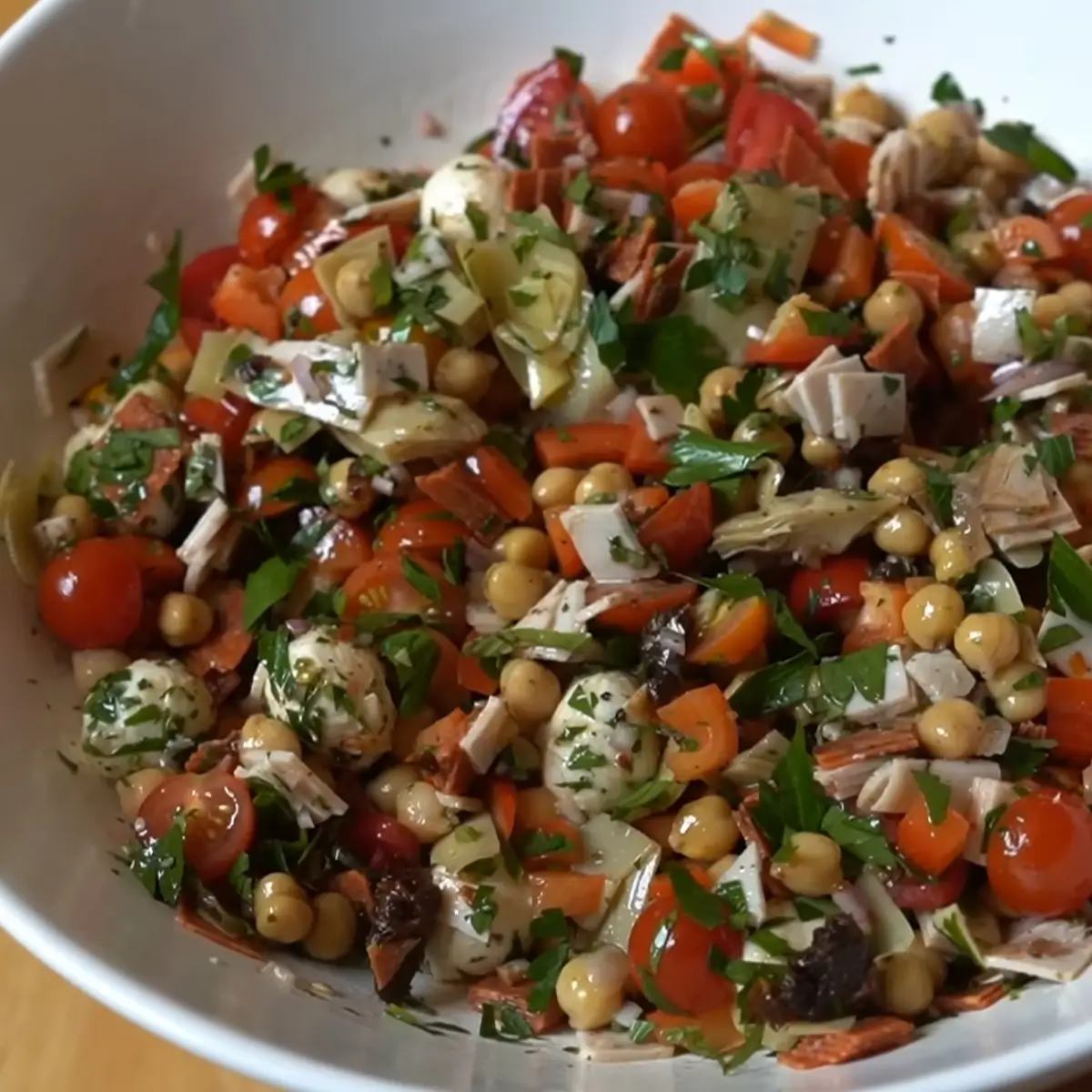



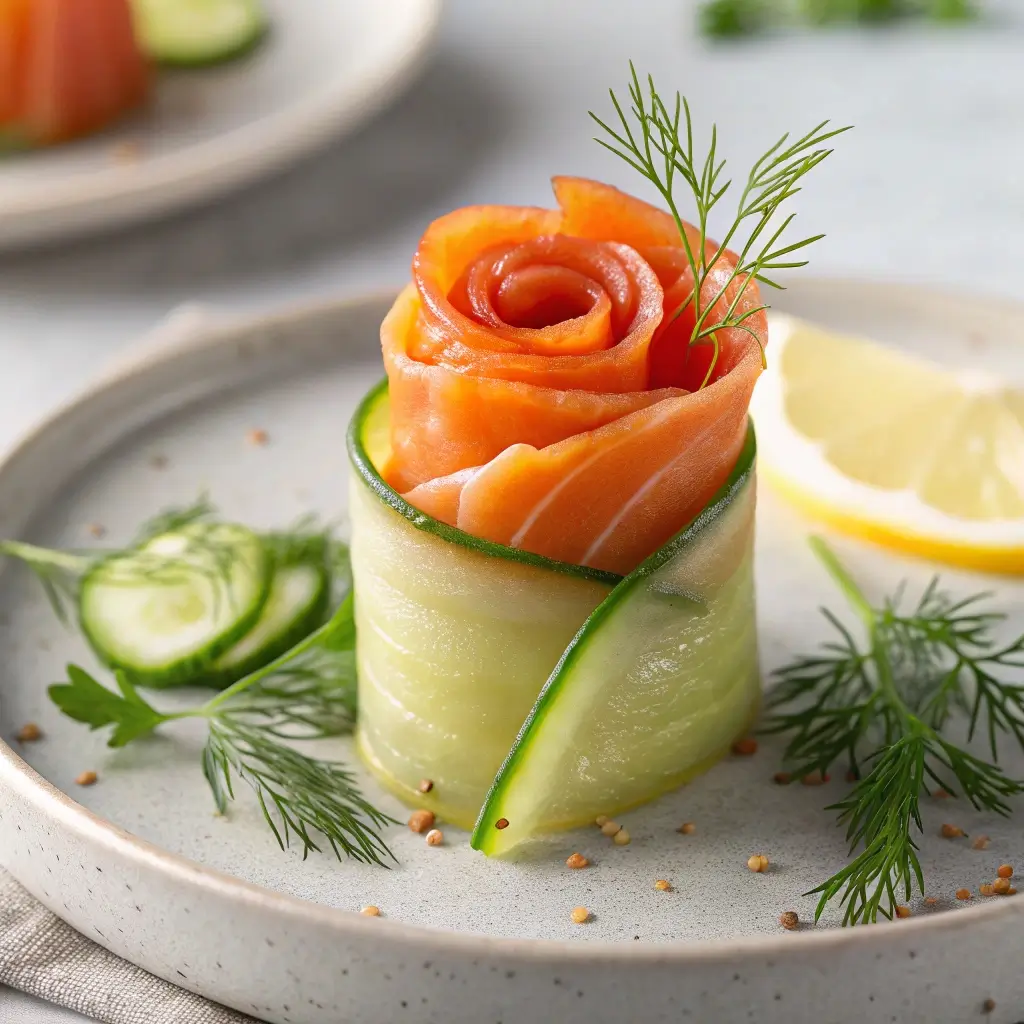
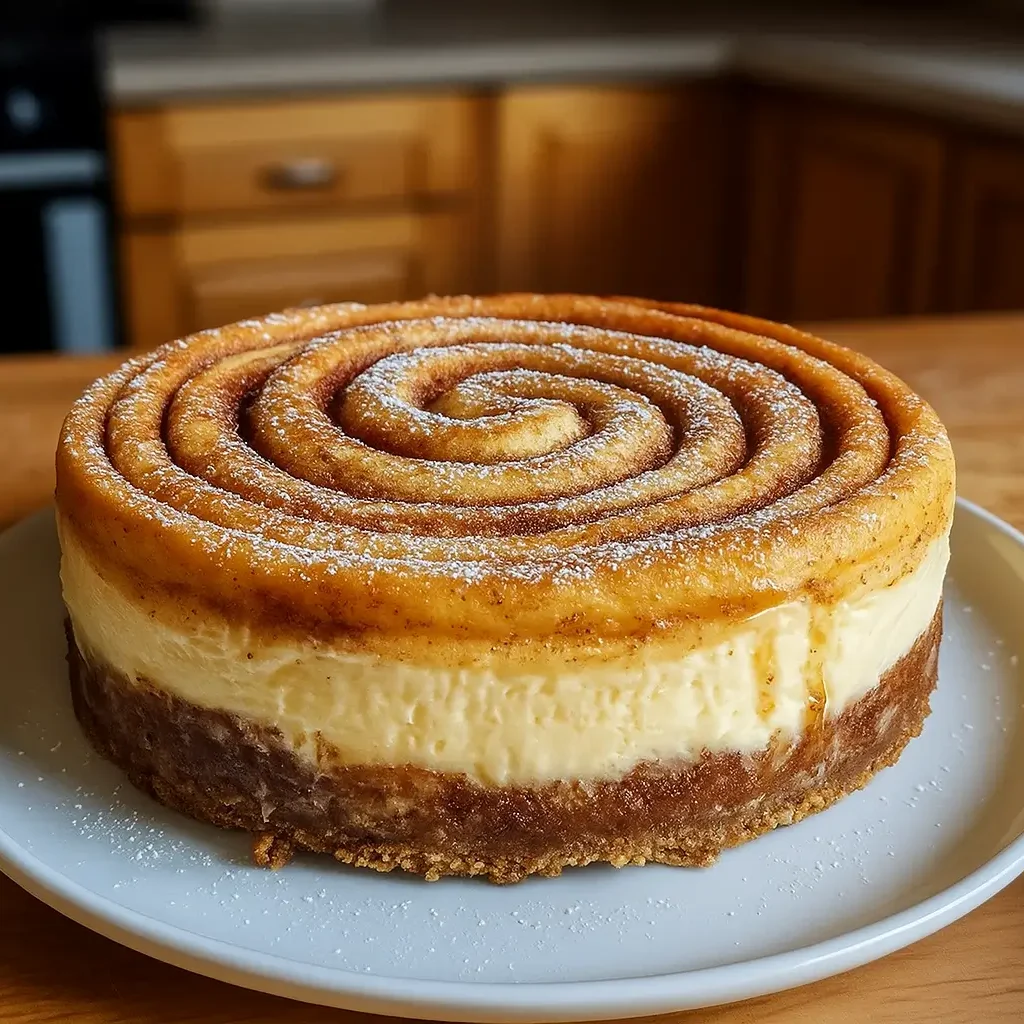
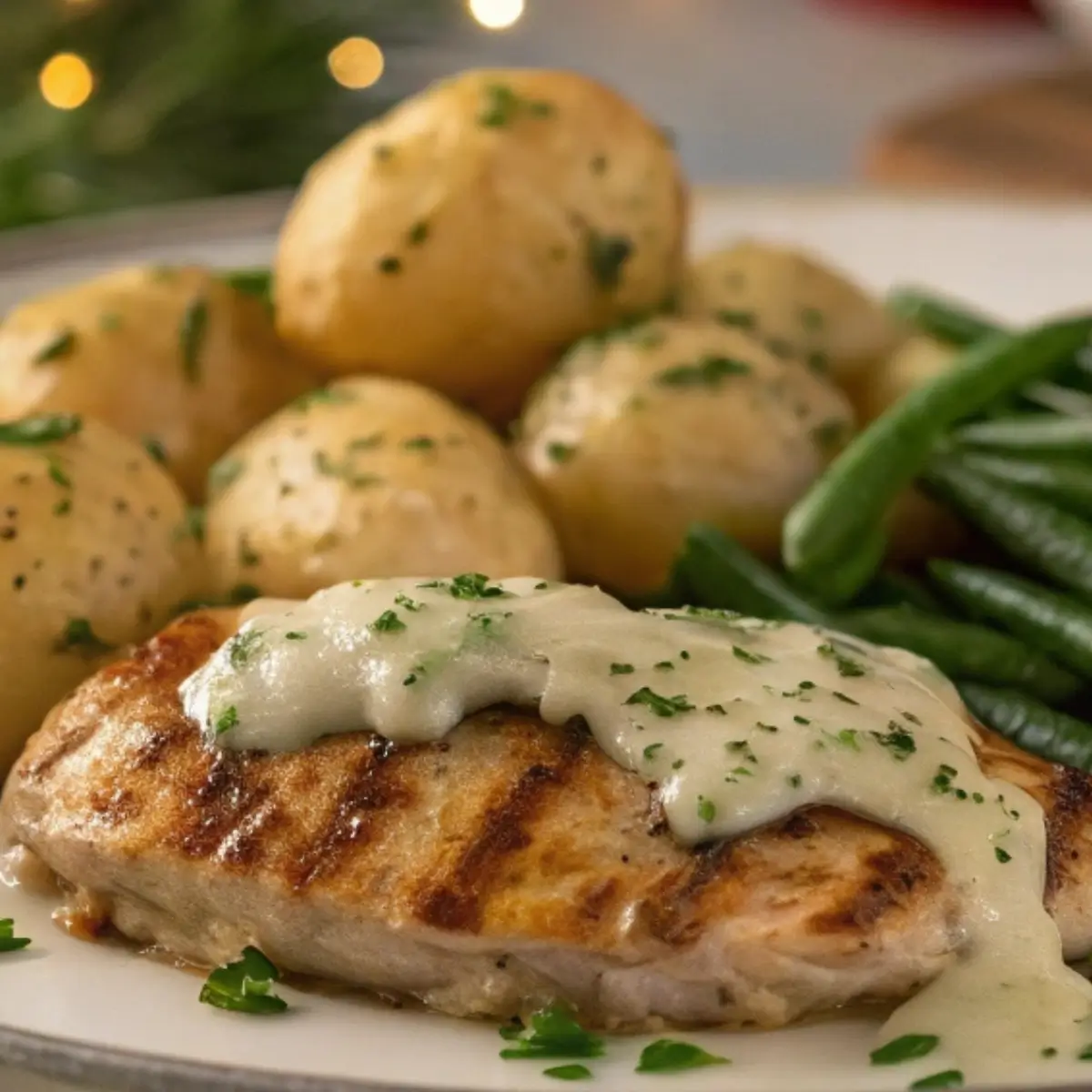
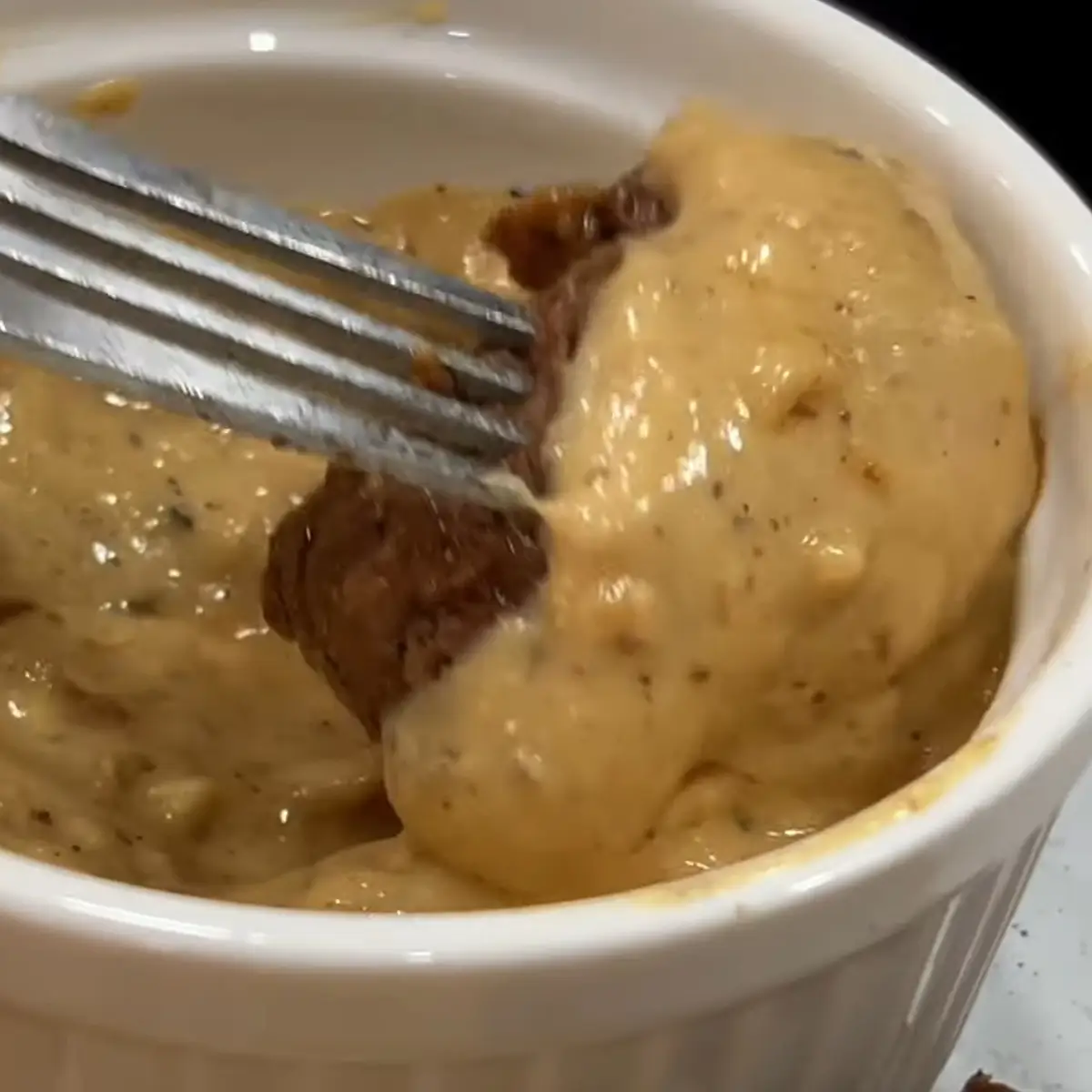
5 thoughts on “Nohutlu Pilav Easy Recipe That Never Fails”